Tortoiseshell cats, with their captivating patchwork coats of black, orange, and sometimes white, have long been adored by cat enthusiasts worldwide. However, amidst their endearing appeal, questions often arise regarding their hypoallergenic qualities. Are tortoiseshell cats less likely to trigger allergies than other breeds or colors? In this comprehensive guide, we delve into the realm of tortoiseshell cat allergies, exploring common misconceptions and scientific realities to provide clarity on this intriguing topic.

Understanding Cat Allergies
Cat allergies are immune system reactions triggered by proteins present in a cat’s saliva, urine, and dander. When individuals sensitive to these allergens come into contact with them, their immune system perceives them as harmful invaders, leading to a range of allergic symptoms such as sneezing, itching, and respiratory issues.
The proteins responsible for these allergic reactions can become airborne and settle on surfaces throughout the home, making avoidance challenging for allergy sufferers. Despite the widespread misconception that certain cat breeds or coat colors are less allergenic, the reality is that all cats produce these allergens to some extent.
Statistics indicate that cat allergies are prevalent among the population, with estimates suggesting that up to 10% of individuals worldwide are allergic to cats. These allergies can significantly impact the quality of life for affected individuals, necessitating effective management strategies to minimize exposure to cat allergens and alleviate symptoms.
Debunking Myths about Tortoiseshell Cats
One common misconception surrounding tortoiseshell cats is the belief that they are inherently more allergenic than other breeds or coat colors. However, scientific evidence refutes this notion, revealing that a cat’s coat color or pattern does not determine its allergenicity.
Numerous factors influence a cat’s allergenicity, extending beyond its exterior appearance. Grooming habits, shedding frequency, and environmental factors play significant roles in determining the level of allergens produced and dispersed by a cat. Cats that groom themselves frequently may spread more allergens through their saliva onto their fur, while those that shed less may release fewer allergens into the environment.
Moreover, indoor vs. outdoor living environments, diet, and overall health also impact a cat’s allergenic potential. Therefore, while tortoiseshell cats may possess unique aesthetic qualities, they do not possess an inherently higher allergenicity compared to other feline breeds or colors. Understanding these factors is crucial for dispelling myths and fostering informed decision-making for individuals considering adopting or living with a tortoiseshell cat.
Factors Influencing Allergenicity
Grooming habits play a significant role in allergen distribution among cats. Cats that groom themselves frequently may spread more allergens through their saliva onto their fur, increasing the potential for allergen exposure. Conversely, cats with less frequent grooming habits may have lower levels of allergens in their fur.
Shedding frequency also correlates with allergen exposure. Cats that shed more frequently release higher amounts of allergens into the environment, increasing the likelihood of triggering allergic reactions in sensitive individuals. Regular grooming and brushing can help reduce shedding and minimize allergen levels in the home.
Indoor vs. outdoor living environments can also influence allergen levels. Indoor cats may have higher allergen concentrations in their environment due to limited ventilation and increased exposure to indoor allergens like dust mites and mold. On the other hand, outdoor cats may bring additional allergens indoors on their fur, such as pollen and outdoor pollutants. Understanding these factors can aid in implementing effective strategies to minimize allergen exposure and manage cat allergies.
Managing Tortoiseshell Cat Allergies
Minimizing exposure to cat allergens is essential for managing allergies in tortoiseshell cat owners. Here are some practical tips to help reduce allergen exposure:
- Minimize Contact: Limit direct contact with the cat, especially avoiding close contact like cuddling or allowing the cat to sleep on furniture or bedding.
- Establish Cat-Free Zones: Designate specific areas of the home, such as bedrooms or certain rooms, as cat-free zones to create allergen-free spaces.
- Regular Grooming: Brushing your cat regularly can help reduce the amount of loose fur and dander in the environment, thereby decreasing allergen levels.
- Clean Living Space: Vacuuming carpets, rugs, and upholstery frequently with a vacuum cleaner equipped with a HEPA filter can remove allergens from surfaces. Additionally, washing bedding and curtains regularly can help eliminate allergens.
- Air Purifiers: Consider using air purifiers equipped with HEPA filters to capture airborne allergens, including cat dander and fur. Place these purifiers in commonly used areas of the home for optimal effectiveness.
- HEPA Vacuum Cleaners: Use vacuum cleaners with HEPA filters to effectively trap allergens during cleaning sessions. Regular vacuuming can help reduce allergen buildup in carpets and upholstery.
- Allergy-Proof Bedding: Encase mattresses, pillows, and box springs in allergen-proof covers to create a barrier against cat allergens in the bedroom.
- Consult a Healthcare Professional: If allergy symptoms persist despite implementing these measures, consult a healthcare professional for personalized advice and treatment options, such as allergy medications or immunotherapy.
By incorporating these strategies into your daily routine, you can effectively manage tortoiseshell cat allergies and create a more comfortable living environment for both you and your feline companion.
Exploring Treatment Options
Managing tortoiseshell cat allergies often involves exploring various treatment options to alleviate symptoms and improve quality of life.
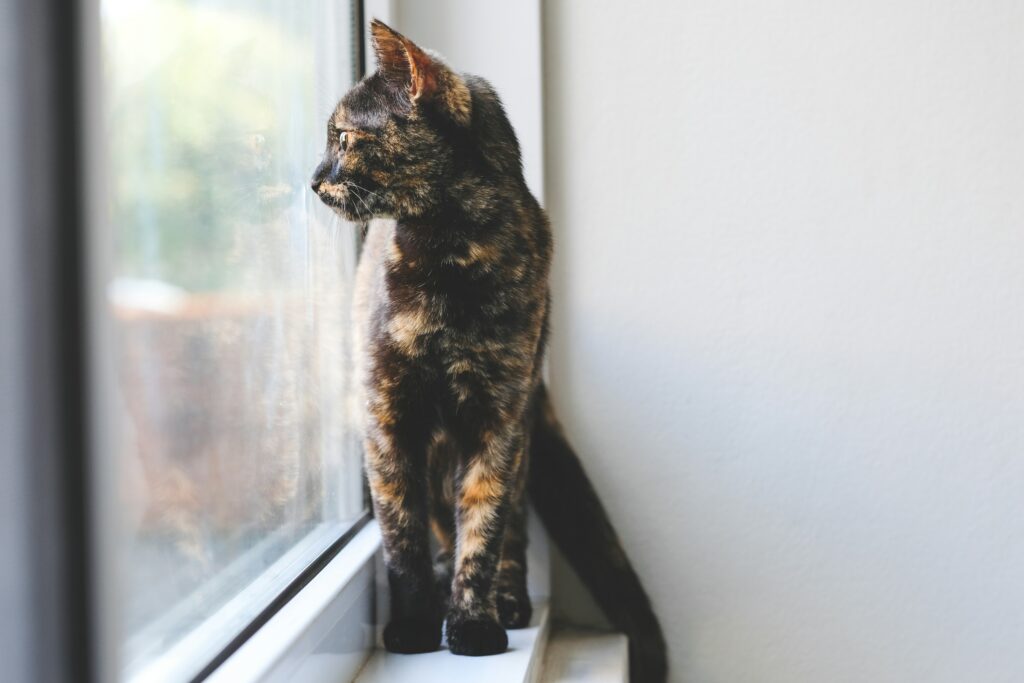
Allergy Medications:
- Antihistamines: Over-the-counter or prescription antihistamines can help relieve symptoms such as sneezing, itching, and runny nose by blocking histamine, a chemical released during allergic reactions.
- Decongestants: Decongestants can reduce nasal congestion and improve breathing by shrinking swollen nasal passages.
- Nasal Corticosteroids: These prescription medications can reduce inflammation in the nasal passages and alleviate symptoms like nasal congestion, sneezing, and itching.
Allergy Immunotherapy (Allergy Shots):
- Allergy immunotherapy, commonly known as allergy shots, involves administering regular injections of allergen extracts to desensitize the immune system over time.
- The treatment aims to reduce allergic reactions by gradually exposing the body to increasing amounts of allergens, leading to tolerance and decreased sensitivity.
- Allergy shots are typically recommended for individuals with severe allergies or those who do not respond well to other treatment options.
Potential Benefits and Drawbacks:
- Allergy medications offer symptomatic relief and can be effective in managing mild to moderate allergy symptoms.
- However, medications may need to be taken regularly and can cause side effects such as drowsiness, dry mouth, and dizziness.
- Allergy immunotherapy provides long-term relief by addressing the underlying cause of allergies. It can lead to significant improvement or even resolution of allergy symptoms in some individuals.
- On the downside, allergy shots require a significant time commitment, as they involve a series of injections administered over several months to years. Additionally, there is a risk of allergic reactions to the injections, although these are rare.
When considering treatment options for tortoiseshell cat allergies, it’s essential to consult with a healthcare professional to determine the most suitable approach based on individual needs, severity of symptoms, and treatment goals.
Lifestyle Considerations for Cat Allergy Sufferers
Living with tortoiseshell cat allergies requires careful consideration and proactive management.
Adoption Considerations:
- Before adopting a tortoiseshell cat or any cat breed, individuals with cat allergies should spend time with cats to assess their allergic reactions.
- Consider adopting an adult cat rather than a kitten, as adult cats may produce fewer allergens, and their personalities are already established.
- Opt for hypoallergenic cat breeds, such as Siberian or Balinese cats, which are known to produce fewer allergens, although individual reactions vary.
Open Communication with Healthcare Providers:
- Maintain open communication with healthcare providers, including allergists and primary care physicians, regarding allergy symptoms and treatment effectiveness.
- Discuss any concerns or questions about allergy management strategies, treatment options, and lifestyle adjustments with healthcare professionals.
- Regularly update healthcare providers on changes in symptoms or treatment outcomes to ensure optimal management of cat allergies.
Resources and Support:
- Seek out reputable resources and support networks for information and guidance on managing cat allergies.
- Online resources, such as reputable allergy organizations and forums, can provide valuable insights, tips, and support for individuals experiencing similar challenges.
- Consider joining local or online support groups for cat allergy sufferers to connect with others facing similar experiences and share coping strategies.
By carefully considering adoption choices, maintaining open communication with healthcare providers, and accessing relevant resources and support, individuals with tortoiseshell cat allergies can effectively manage their condition and enjoy the companionship of a feline friend.
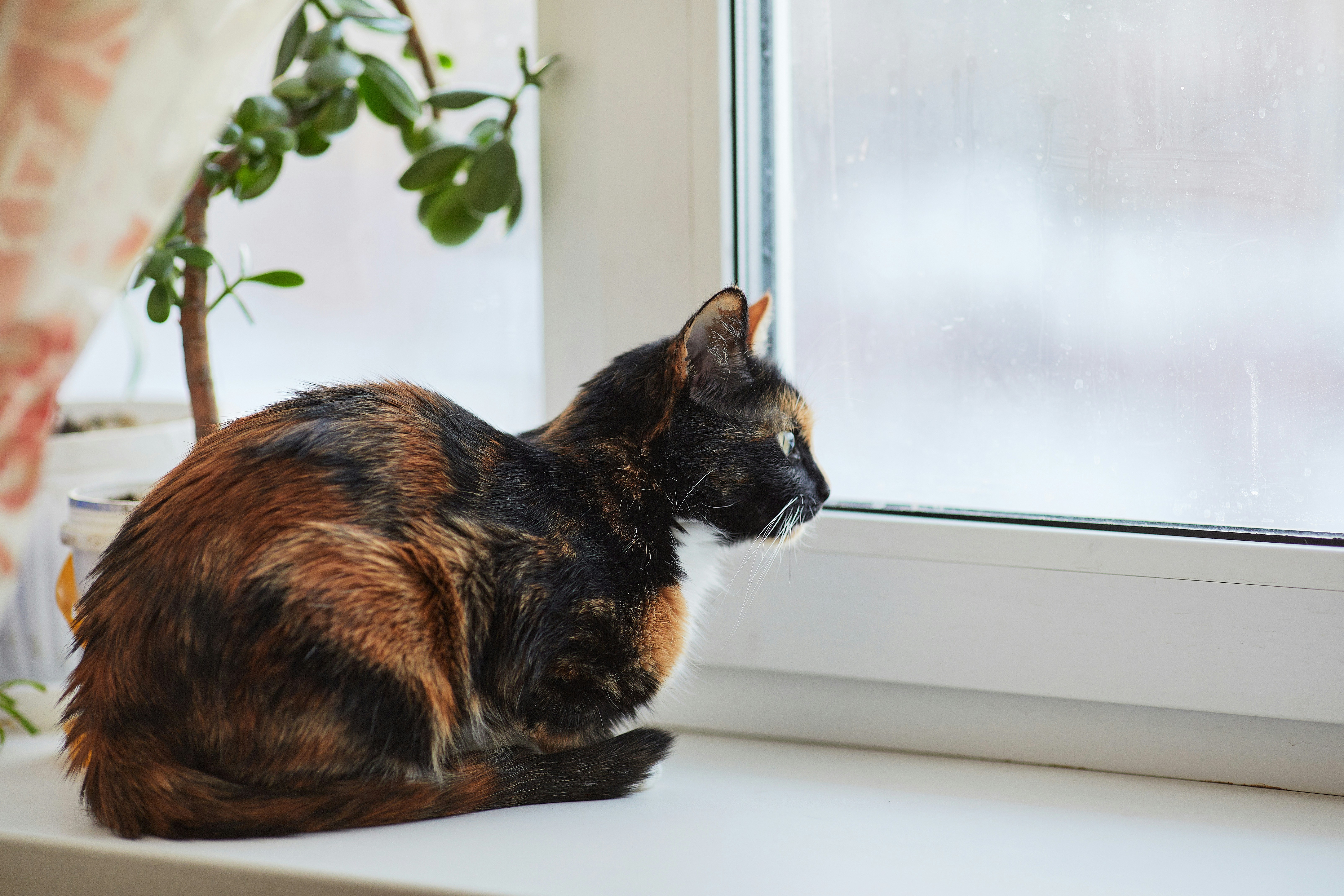
Conclusion on tortoiseshell cat allergies
Living with tortoiseshell cat allergies requires informed decision-making and proactive management. By understanding allergenic factors and exploring treatment options, individuals can enjoy the company of these unique cats while minimizing allergic reactions. Open communication with healthcare providers and accessing support networks are essential for effective allergy management. With diligence and care, individuals can embrace the companionship of tortoiseshell cats while maintaining their well-being.
Read More:

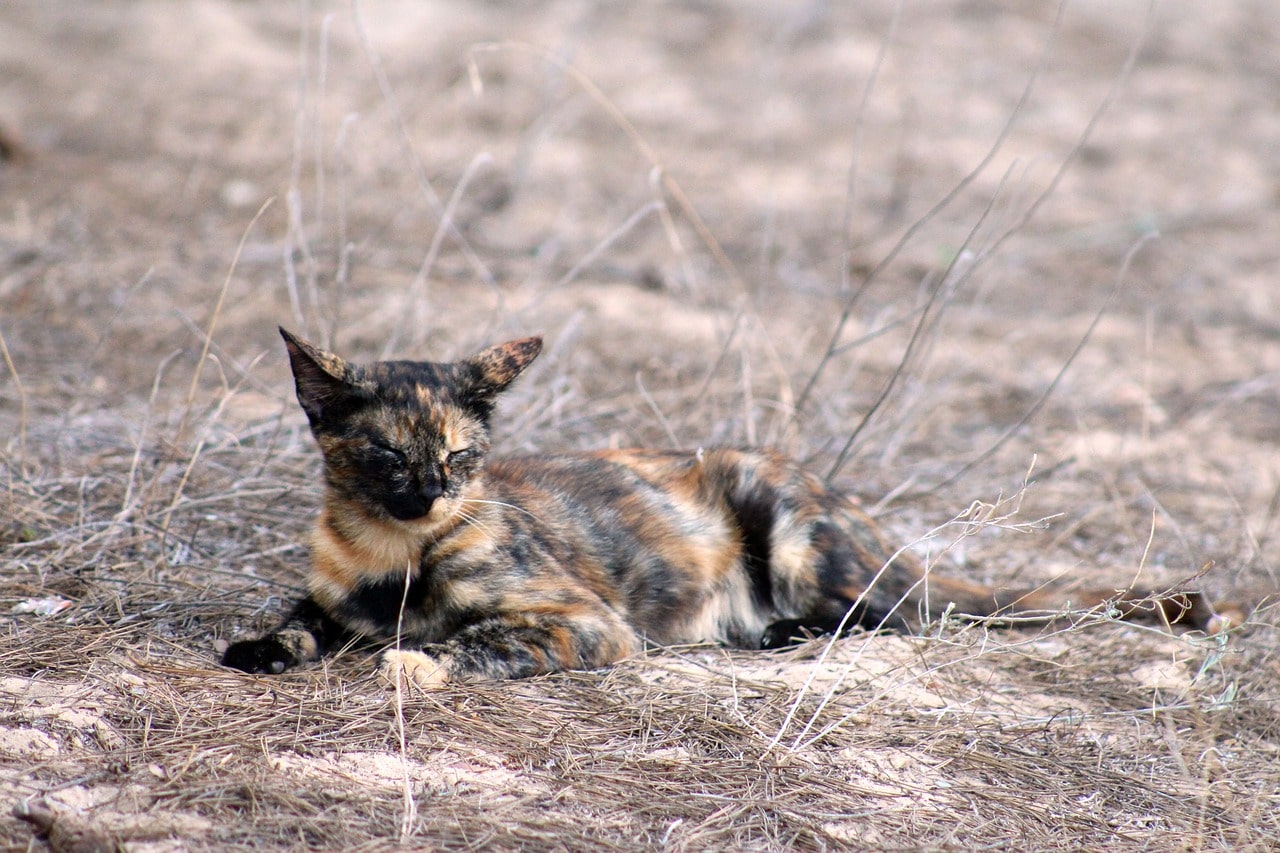

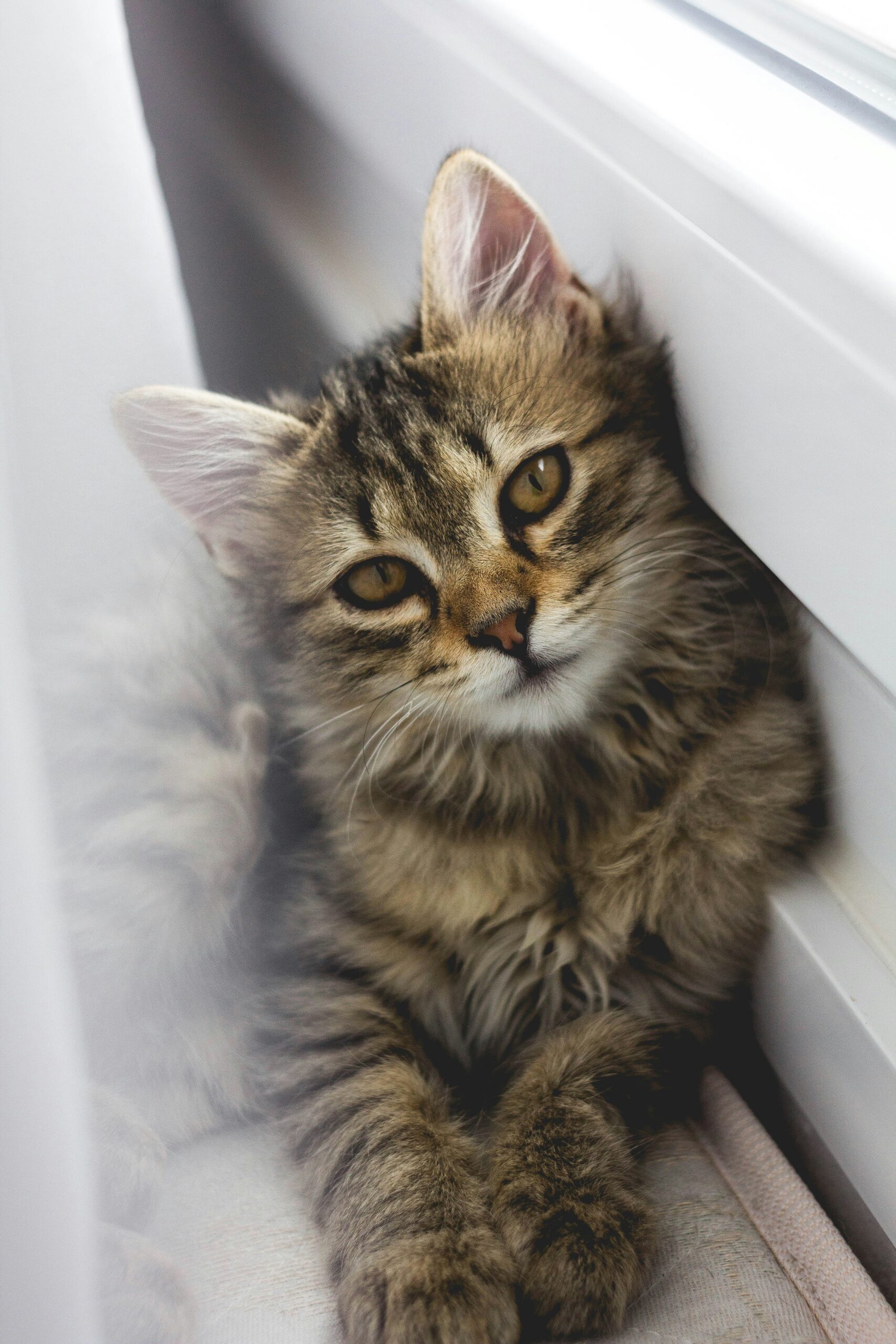
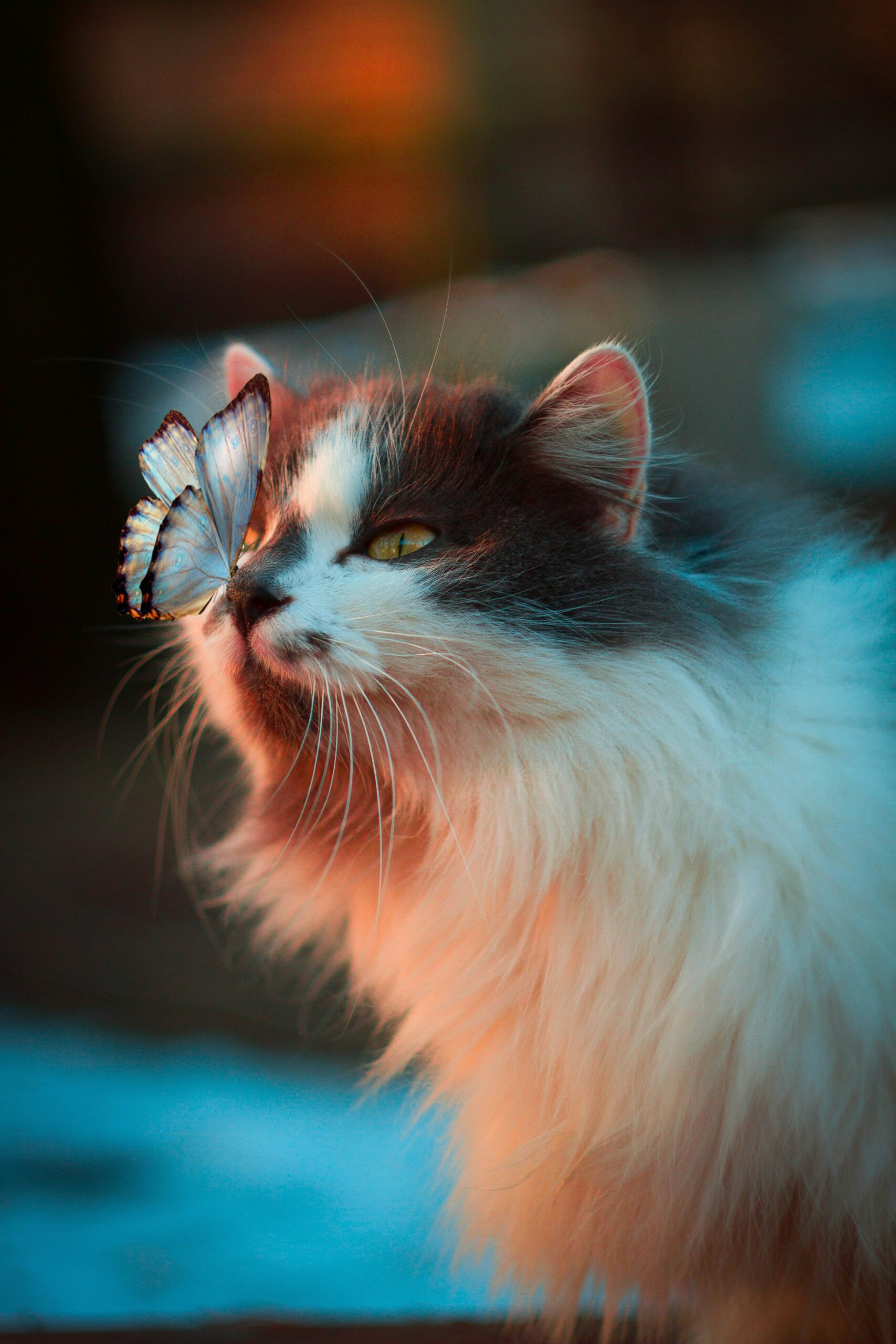


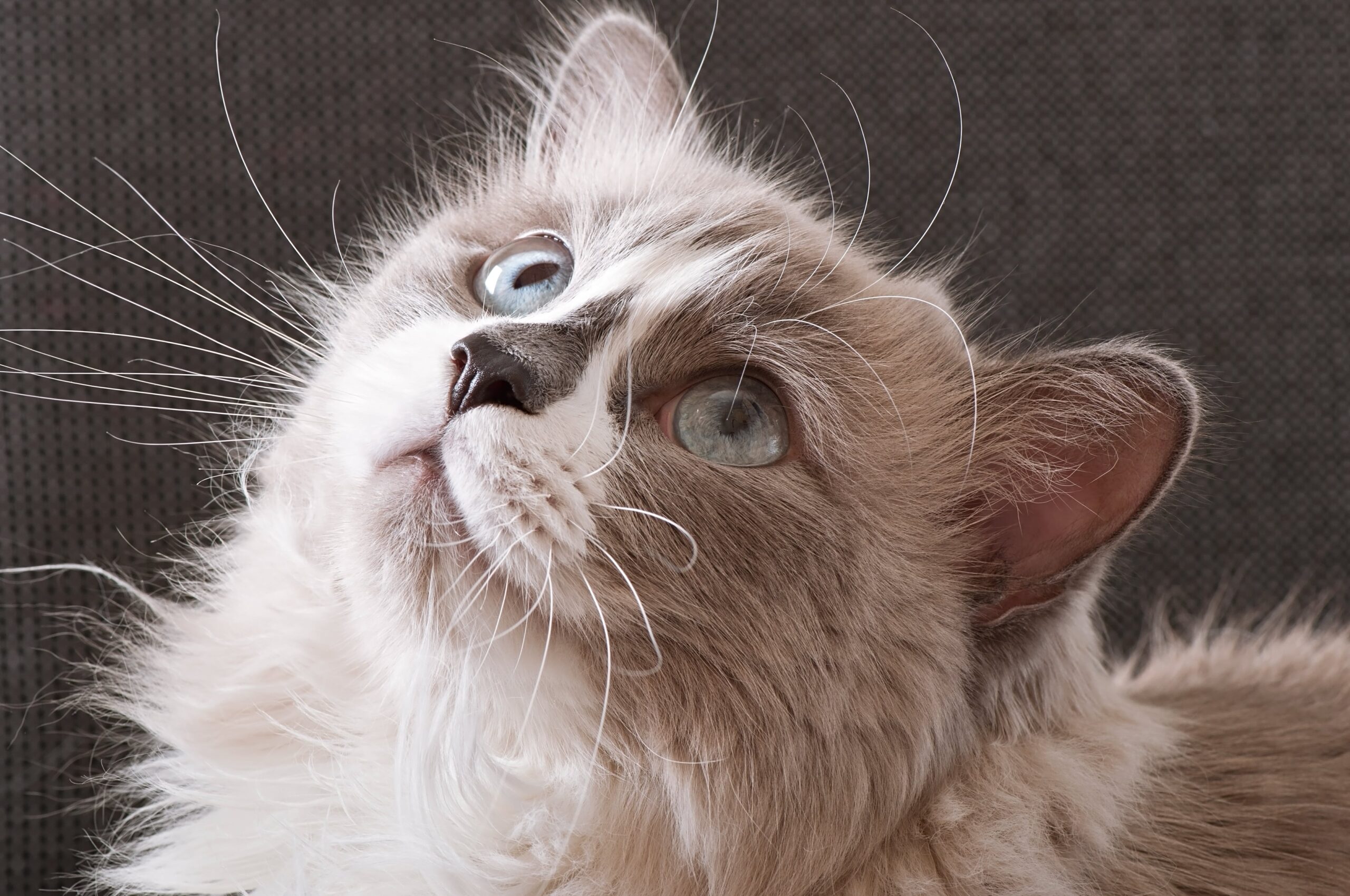


Leave a Reply